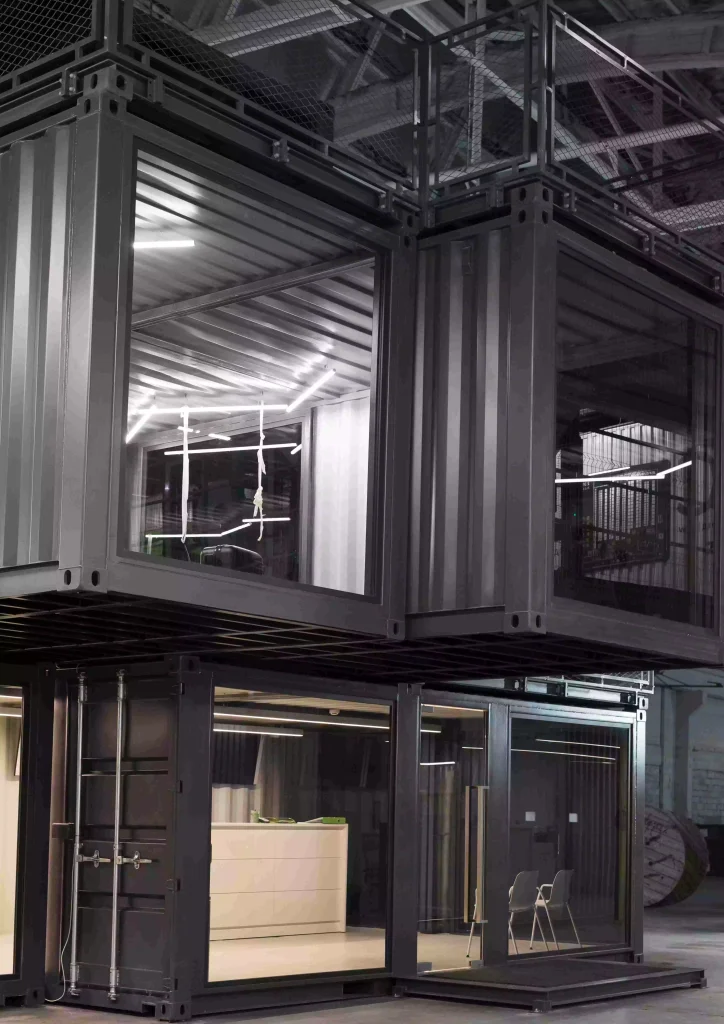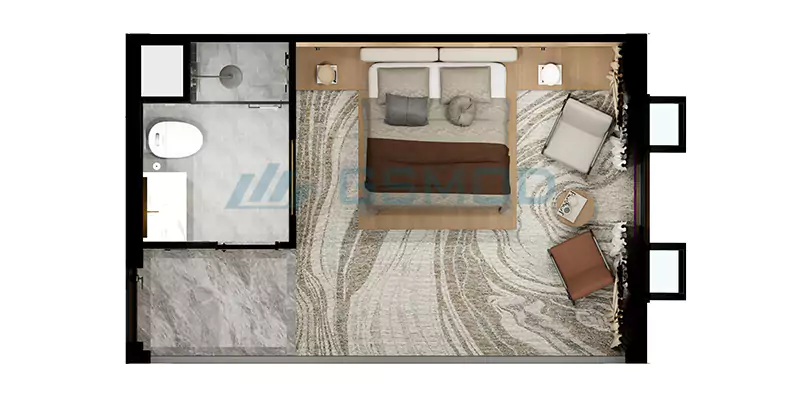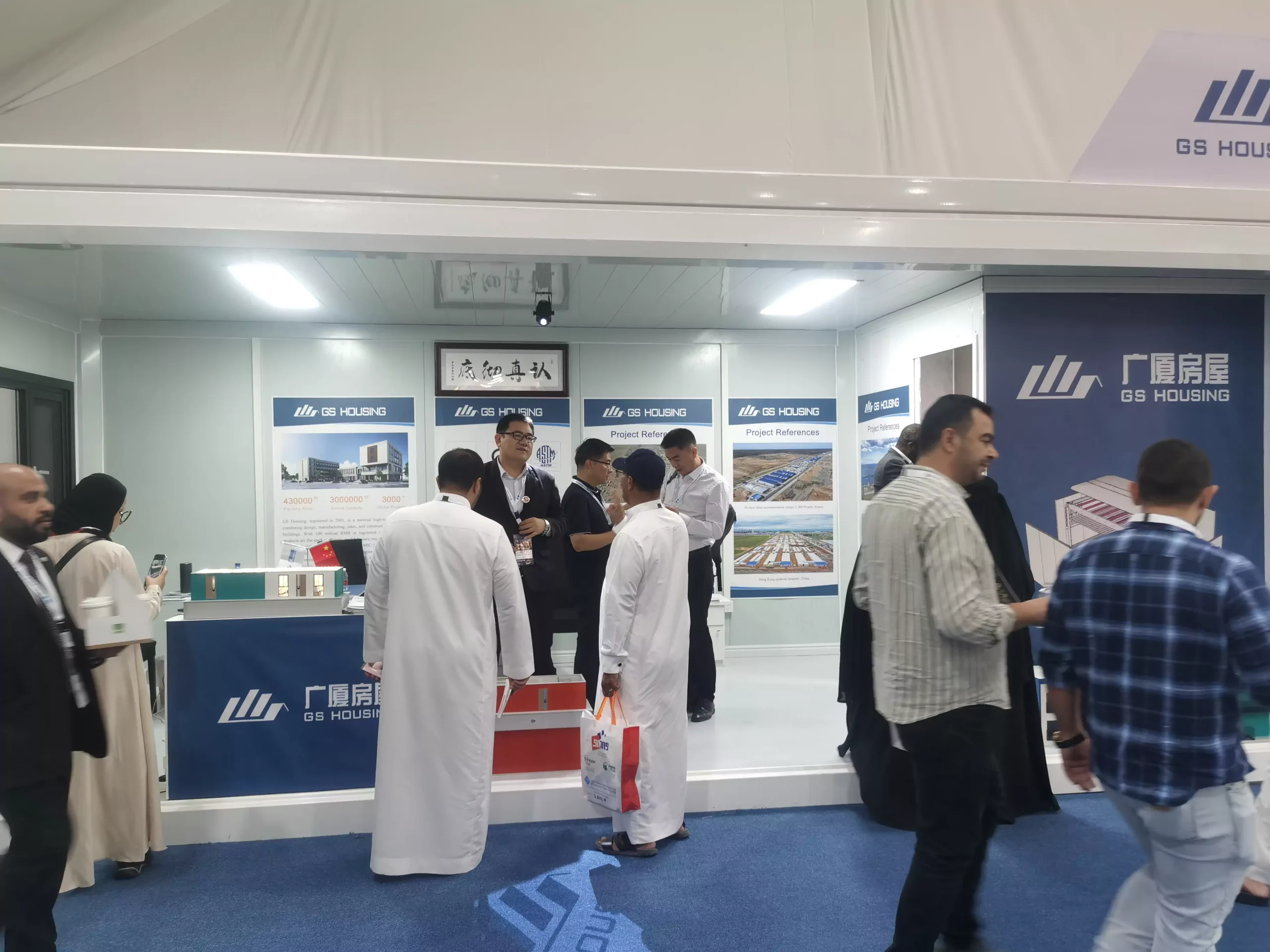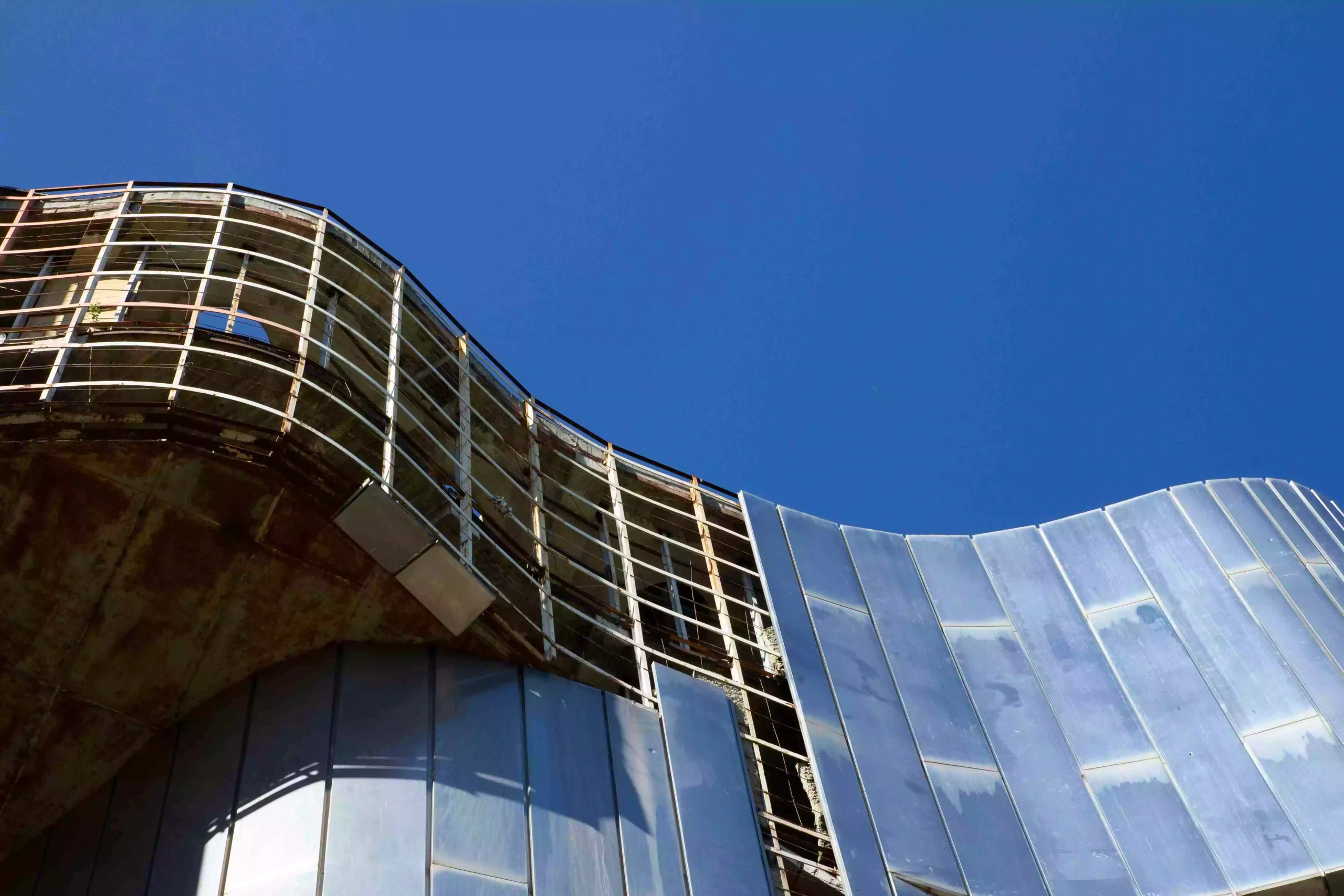Why Engineers Should Prioritize Modular Integrated Construction Trends
Why Engineers Should Prioritize Modular Integrated Construction Trends
Engineers should prioritize Modular Integrated Construction (MIC) trends due to several key factors. There is a growing market demand for prefabrication and reduced construction time, particularly in major infrastructure projects.

The Growing Importance of Modular Integrated Construction in Modern Engineering
Key Drivers of Modular Integrated Construction Adoption
The modular construction market size is expected to see strong growth in the next few years. It will grow to $150.79 billion in 2029 at a compound annual growth rate (CAGR) of 8.6%. The growth in the forecast period can be attributed to resilient and disaster-ready solutions, government support and regulations, healthcare and education sector growth, flexibility in design, workforce shortages. ( Data from The Modular Construction Global Market Report 2025)
With the rise of Modular Integrated Construction (MIC), the engineering and construction industry is undergoing a paradigm shift. This unique approach helps overcome multiple hurdles raised by the conventional construction ways of buildings. This is driven primarily by urbanization, a shortage of workers, and an appetite for sustainable solutions.
Project timelines are also one of the biggest elements driving MIC in the forward direction. Prefabrication allows for components to be created in controlled environments, allowing for an on-site and off-site realization running simultaneously, helping to reduce the overall construction time.
Sustainability is another critical driver. Modular construction reduces material waste by utilizing precise manufacturing techniques and promotes energy efficiency through improved insulation and design.
Benefits of Modular Integrated Construction for Engineering Projects
However, MIC offers much more than speed and sustainability advantages. It provides exceptional versatility in design and use, enabling varied types of engineering projects — from residential and commercial properties to schools as well as healthcare facilities. These can also be modularized, which means you can be tailored for the use case of your project, no more or no less, without sacrificing quality or functionality.
Additionally, MIC increases safety by moving a majority of the work to factory-controlled environments in which safety risks of on-site construction are minimized. This keeps workers safe and guarantees all components meet the same level of quality.
GSMOD’s Role in Advancing Modular Integrated Construction
GSMOD’s Innovative Products for Modular Solutions
In the evolving MIC landscape, GSMOD stands out as a trailblazer in innovation and quality. GSMOD has over 20 years of experience globally with the design and production of permanent prefabricated buildings and has gained a reputation for quality and reliability as a modular housing system.

One such example of innovation is the flat-pack housing system offered by GSMOD. To overcome the traditional shortcomings of materials, the flat-packed housing structure includes cement fiber boards for improved strength and water resistance.
GSMOD’s focus on sustainability is evident in their products’ long service life—up to 20 years—and their ability to withstand harsh environmental conditions without compromising performance. They also offer customization options tailored to specific client needs.
How GSMOD Products Address Common Challenges in MIC
Many issues are usually limited to transportation logistics, complexity in on-site assembly, or variance from regional codes. Enter GSMOD, which expertly combats these problems through the means of careful planning and an extensive manufacturing process.
To tackle transportation challenges, GSMOD designs modular units that are compact yet robust enough for long-distance shipping without damage. Their drainage systems are engineered to handle heavy rainfall efficiently.
Through complying with international and regional standards like CE and UL certifications, GSMOD safeguards its products to support various regulatory requirements in various markets. Their comprehensive suite of services—from design consultation to installation support—makes it even easier for clients to adopt digital signage solutions.
Trends Shaping the Future of Modular Integrated Construction
Integration of Smart Technology in MIC Processes
The emergence of MIC Smart Technology is changing the face of construction. The use of newer technologies including IoT sensors, automation systems, and Building Information Modeling (BIM) is making MIC processes faster and more accurate.
Such technologies allow us to keep track of what is happening on the construction site in real time, so the construction projects are done on time, under budget, and with little to no error at all. Moreover, smart technology facilitates seamless communication between teams working on-site and off-site.
Sustainability and Eco-Friendly Practices in MIC
Sustainability forms one of the foundations of new approaches to MICs. These green materials and energy-efficient designs are in line with the world’s agenda against climate change. The modular construction method creates less waste than traditional building because the parts are made in a controlled environment and with precise measurements.
Collaboration Between Engineers and Manufacturers
The multi-component, multi-functionality nature of MIC projects means that collaboration between engineers and manufacturers is crucial. Modular components built internally need to, of course, conform to the project specifications, so engineers need to come in close contact with manufacturers.
This collaboration drives innovation by allowing the platform units to be tailored to different use cases like housing, commercial and education.
It is the manufacturers that make a big difference by using superior means to produce top-grade parts. For example, robotic welding systems ensure the precision of structures during assembly, and CNC cutting machines ensure the accuracy of the dimensions of individual components.
Recommendations for Engineers to Embrace MIC Trends with GSMOD Solutions
Strategies for Incorporating GSMOD Products into Project Planning
To harness the utmost potential of MIC, engineers must incorporate GSMOD products within their project planning phase. These products offer modular and efficient building solutions that best suit a variety of uses from engineering camps to resettlement housing.
To get started, engineers might partner with the GSMOD design team to design custom solutions for targeted applications. Engineers are then provided one-of-a-kind design blueprints and technical guidance programs by GSMOD’s R&D division, making sure that their designs conform to both functional specifications and more subjective tastes.
Leveraging GSMOD Products for Improved Project Outcomes
GSMOD provides project-enhancing products and services. They serve their factories with automatic CNC flame-cutting machines to ensure the precision of manufacturing at a large volume.
Apart from the engineers, GSMOD also provides comprehensive installation and after-sales services to make it easier for the engineers. For more information about GSMOD, please visit its website!
FAQs
Q1. How does smart technology improve MIC processes?
A: Smart tech efforts enhance their efficiency by monitoring data via IoT sensors in real-time while enabling communication between on-site and off-site teams using tools like BIM.
Q2. What is it about GSMOD products that makes them ideal for sustainable construction?
A: GSMOD products incorporate sustainable materials, such as hydrophobic basalt wool insulation, and designs that are optimized for longevity while minimizing waste material.
Q3. How do engineers work with construction producers?
A: Engineers need to solicit manufacturers early on in their designs to harmonize on specifications, utilize advanced production processes such as robotic welding systems, and make sure reported outcomes comply with regional standards.
Prev:Structural Efficiency in Lightweight vs. Heavyweight Construction Explained
Next:Modular Integrated Construction (MIC): Redefining Sustainable Urban Futures






